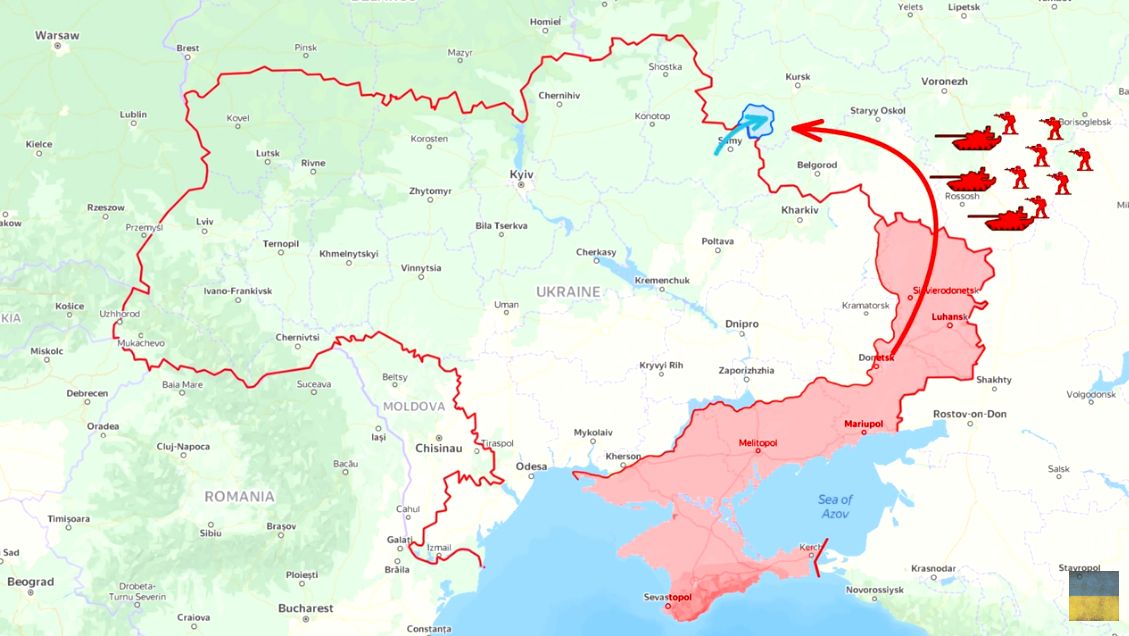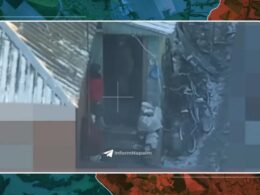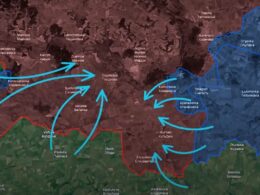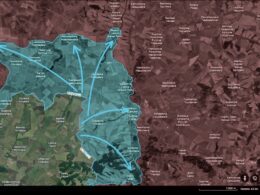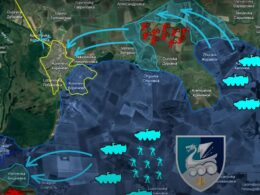Today there are a lot of important updates from the Kursk direction. Here, in a critical turning point, Ukrainian forces finally managed to escalate the pressure in the Kursk Oblast to such an extent that the Russians were forced to sacrifice their Pokrovsk offensive and redeploy their most critical reserves to the north. By disrupting the biggest Russian offensive operation, on which Russians staked everything, the Ukrainian Kursk offensive proved to be a strategic success.
In the Koronevo area, Ukrainian forces significantly outnumbered the Russian defenders of the town and its surroundings. As the Russians lost substantial territory on the northern and southern flanks, Koronevo faced an imminent threat of encirclement.
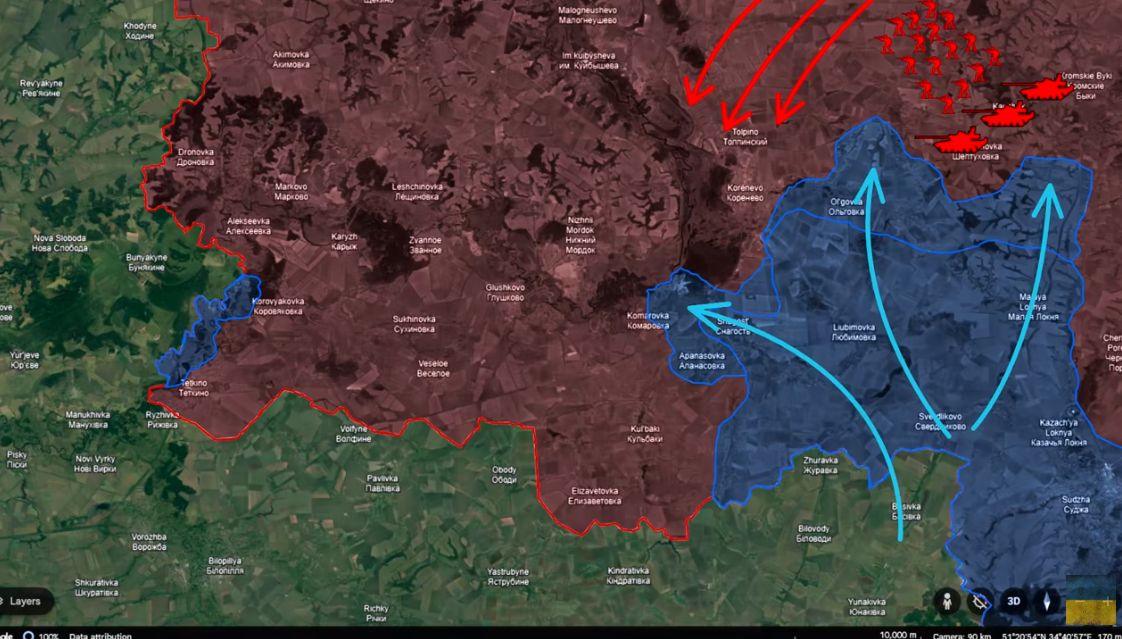
Russian forces anticipated Ukrainian attacks from Snagost and Krasnokt-Yabersk to the south, as well as from the railway embankment to the north, where the Ukrainians held strong positions that could serve as a base for further assault.
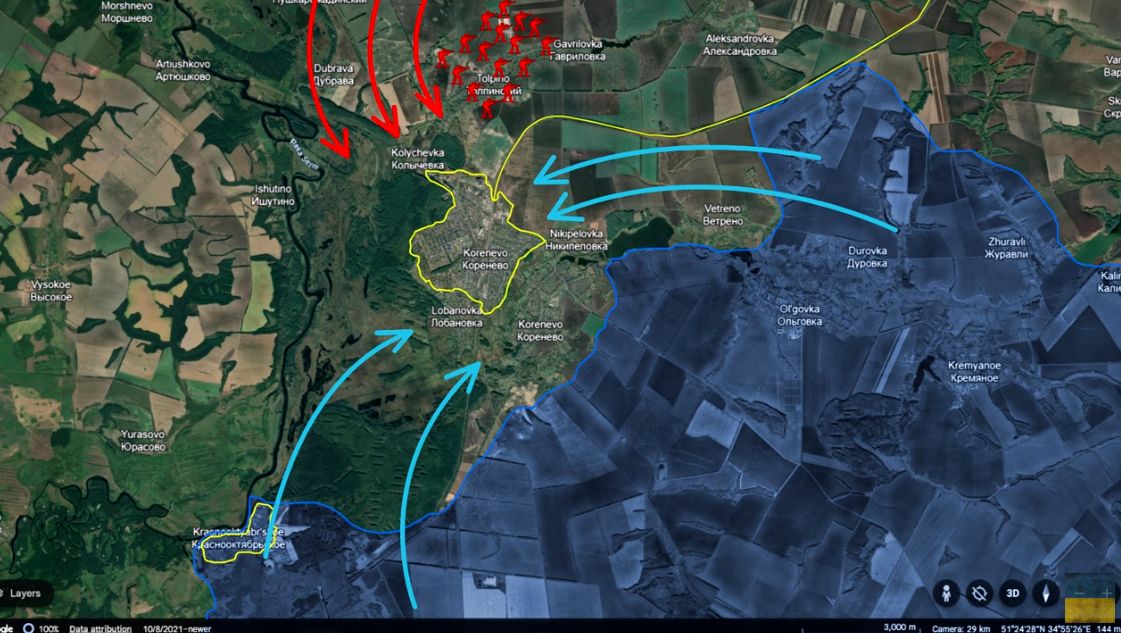
As a result, the Russian command has been gradually redeploying troops to bolster their defenses in Kursk, forces initially intended to support the offensive in Pokrovsk. This shift is crucial because drawing Russian forces away from Pokrovsk was the primary Ukrainian strategic objective and the aim of the Kursk offensive. Consequently, the Russian command sought to avoid deploying reserves from Pokrovsk at all costs. They redeployed troops from various parts of the frontline, including Chasiv Yar, but avoided drawing from Pokrovsk to maintain their momentum.
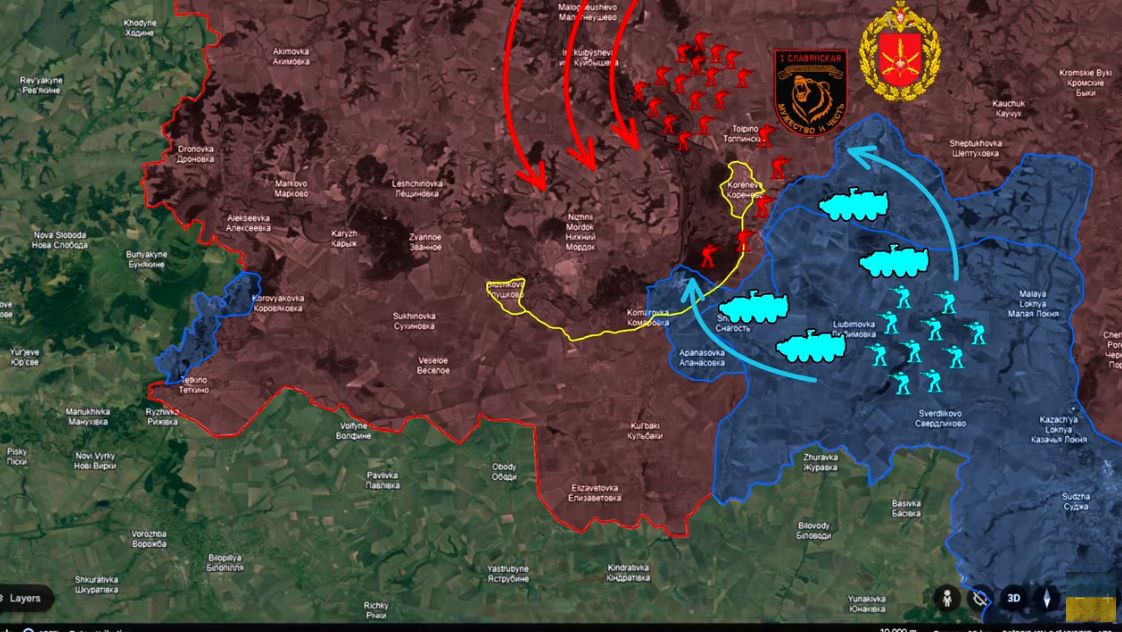
However, the worsening situation in and around Kurenevo, coupled with the risk of encirclement by Ukrainian forces, which would open a road to Glushkovo, necessitated further redeployment of forces and equipment to alleviate the pressure. That is why the Russians were eventually compelled to redeploy troops from Pokrovsk as well. According to Russian sources, this included elements from the 15th Motorized Rifle Brigade and the 1st Sloviansk Brigade.
After accumulating forces, Russians even started launching counterattacks around Kurenevo. The goal of these counterattacks is to remove the Ukrainian pressure on the town from the southern flank. The first wave of counterattacks comprised 8 armored vehicles and at least 70 soldiers.
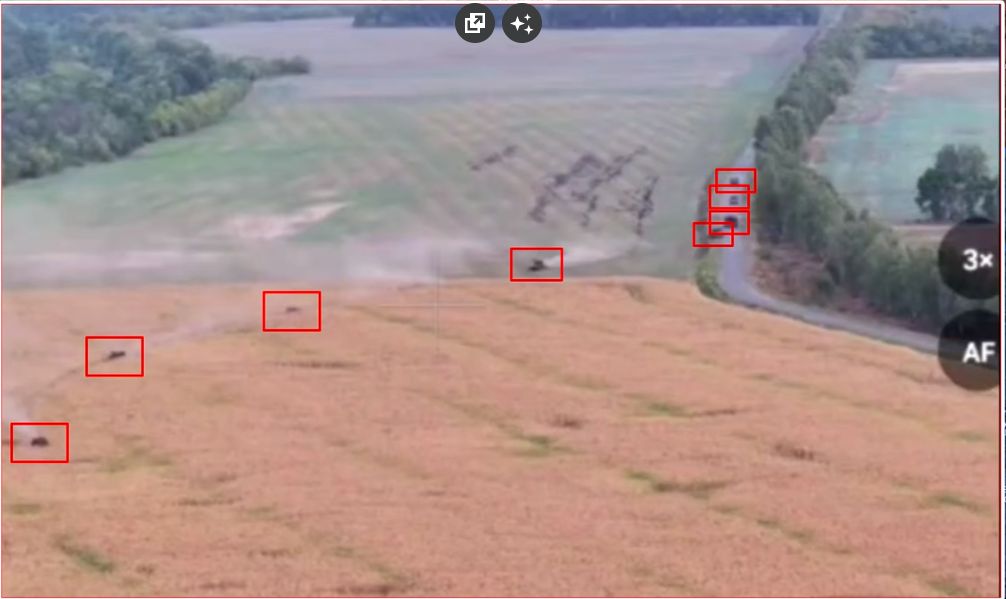
Geolocated footage from the area shows the assault group advancing on the road from Kurenevo to Snagost. Upon entering the village, they faced fierce resistance from Ukrainian fighters defending their positions. The Russian BMPs fired from their autocannons to provide cover for the dismounting infantry.
The Russians would not be able to sustain such counterattacks without a substantial increase in available troops in the Oblast. Ukrainian Commander-in-Chief Oleksandr Syrskyi stated that the Russians redeployed up to 30,000 troops from unspecified directions to Kursk.
Meanwhile, President Volodymyr Zelensky stated that there are up to 60,000 Russian troops across the northeastern border from Bryansk to Kharkiv, including Kursk. Syrskyi also noted that the number of troops, initially at 30,000, is expected to rise as the Russians plan further counteroffensive efforts in the Kursk Oblast.
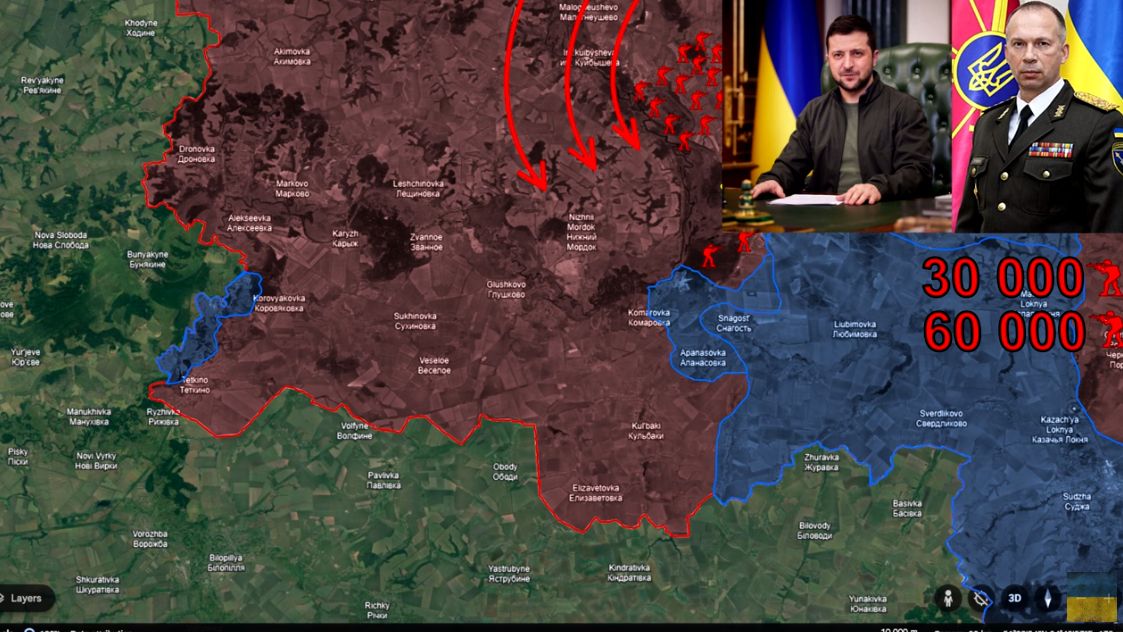
By forcing the Russians to deploy a significant number of reserves to Kursk, the Ukrainian command was able to alter the war's trajectory. The diversion of most Russian reserves to the Kursk Oblast led to a slowdown in the Pokrovsk offensive due to inadequate reserves, which were unable to replace heavy losses and maintain the previous operational tempo. Therefore, Ukrainian forces managed to stabilize the Pokrovsk front and even begin pushing the Russians back around Niu York and Selydove, once the most critical and dynamic parts of the front.
This success achieved the primary goal of the Kursk incursion – undermining the Russians' theater-wide initiative.
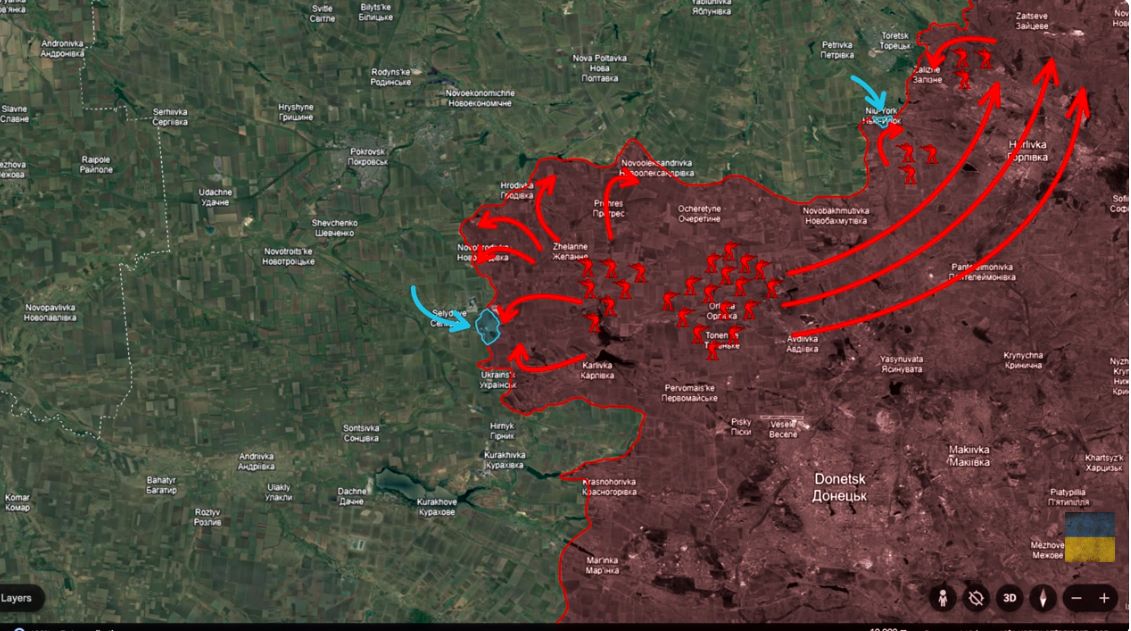
But this was just the beginning of the bad news for the Russians. The large deployment of Russian reserves to Kursk forced the Russian Northern Command to quickly establish logistics hubs, including ammunition and fuel depots, in Belgorod and Voronezh to support the counterattacks.
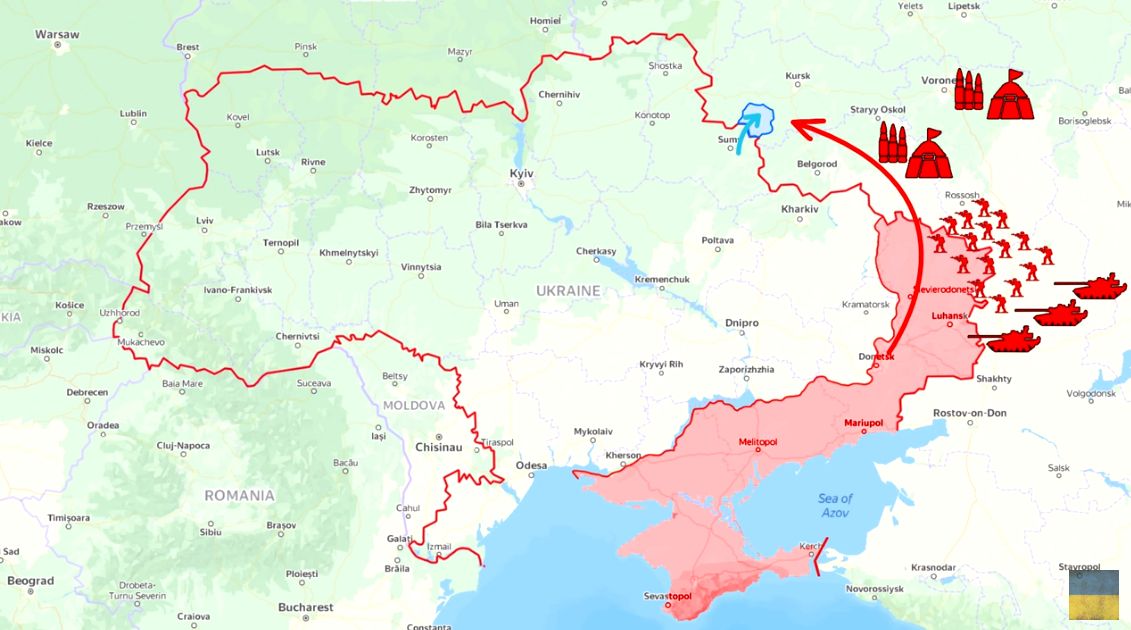
Trending Now
Ukrainian military intelligence tracked the increased movement of Russian forces and identified the location of an ammunition depot in the town of Soldatskoye in the Voronezh Oblast, where they conducted a powerful strike. Footage from the town shows massive fires and smoke resulting from the powerful detonations of Russian ammunition and equipment stored there.
Drones hit ammo depot in Russia's Voronezh Oblast
— Euromaidan Press (@EuromaidanPress) September 7, 2024
Fires and detonations are reported at Soldatske in the Ostrogozhsky district.
As always, the local governor claimed a UAV was suppressed (probably implying that with EW) and crashed, but "the crash caused a fire that spread to… pic.twitter.com/fbQpMt8rSx
Lieutenant Andriy Kovalenko, head of the Ukrainian Center for Countering Disinformation, stated that the Ukrainian drone strike successfully destroyed North Korean provided KN-23 ballistic missiles at the ammunition depot in Soldatsk.
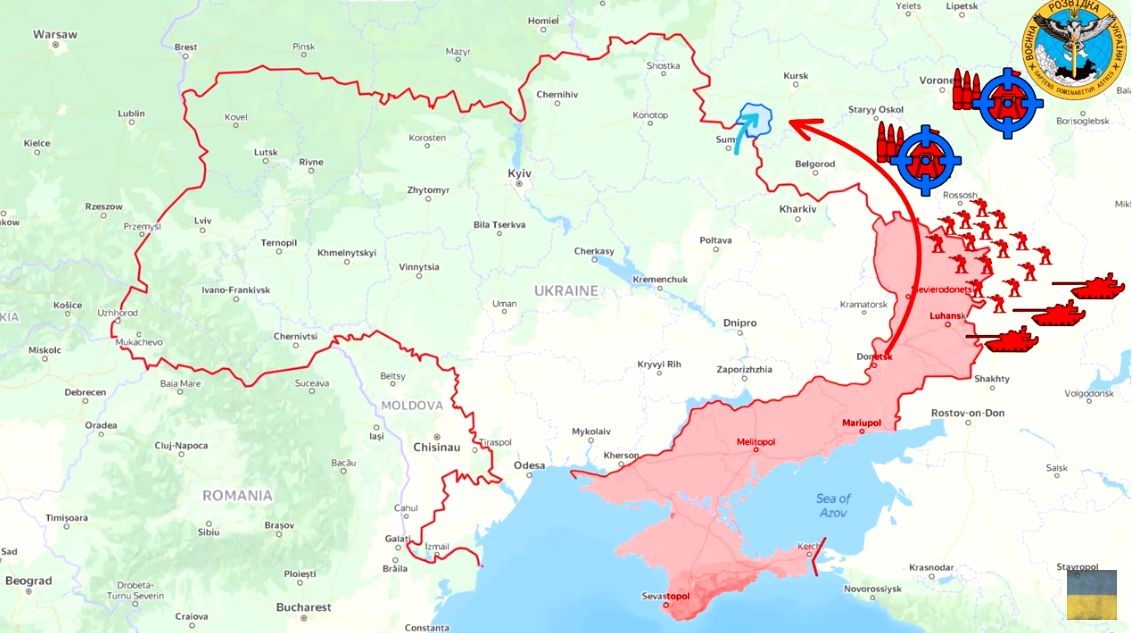
Moreover, in the Belgorod Oblast, Ukrainians successfully struck and destroyed several fuel depots in the cities of Nikolske and Volokhanovskiy Rayon. This claim was later confirmed by footage from the area, which showed the fires at the fuel storage sites.
https://twitter.com/EuromaidanPress/status/1833026299138555931/
Ukrainian drone strikes against the Russian rear and logistics hubs involved in the Kursk operation are expected to further prolong the Russian counterattacks, which are predicted to continue for months.
Overall, the forced redeployment of Russian reserves from Pokrovsk to Kursk highlights the effectiveness of Ukraine's strategic planning and the ability and perseverance to make such plans succeed. The successful exploitation of key Russian vulnerabilities allowed Ukrainians to completely alter the dynamics of the battles in the Ukrainian Theatre of War, challenge the battlefield initiative, and impose their own rules of engagement.
Remarkably, Ukrainian forces achieve this in just six weeks, results that Russian offensives typically take 6-9 months to accomplish.
In our regular frontline report, we pair up with the military blogger Reporting from Ukraine to keep you informed about what is happening on the battlefield in the Russo-Ukrainian war.

